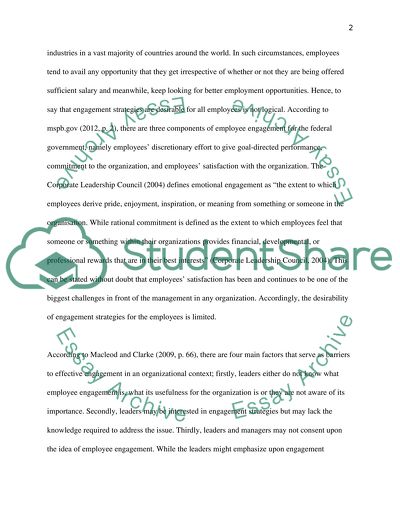Cite this document
(The Desirability of Organizations and Employees for Engagement Strateg Literature review - 1, n.d.)
The Desirability of Organizations and Employees for Engagement Strateg Literature review - 1. Retrieved from https://studentshare.org/human-resources/1466632-the-macleod-report
The Desirability of Organizations and Employees for Engagement Strateg Literature review - 1. Retrieved from https://studentshare.org/human-resources/1466632-the-macleod-report
(The Desirability of Organizations and Employees for Engagement Strateg Literature Review - 1)
The Desirability of Organizations and Employees for Engagement Strateg Literature Review - 1. https://studentshare.org/human-resources/1466632-the-macleod-report.
The Desirability of Organizations and Employees for Engagement Strateg Literature Review - 1. https://studentshare.org/human-resources/1466632-the-macleod-report.
“The Desirability of Organizations and Employees for Engagement Strateg Literature Review - 1”, n.d. https://studentshare.org/human-resources/1466632-the-macleod-report.


